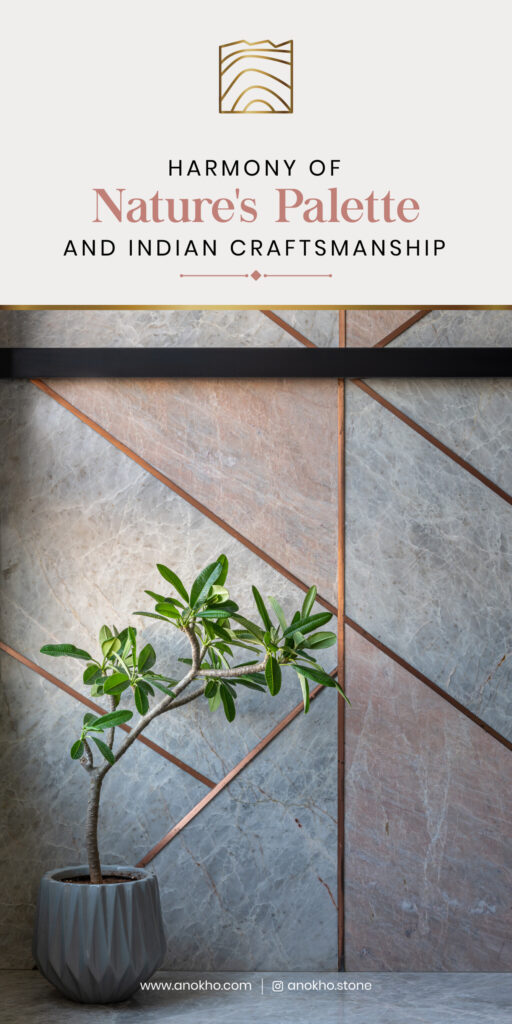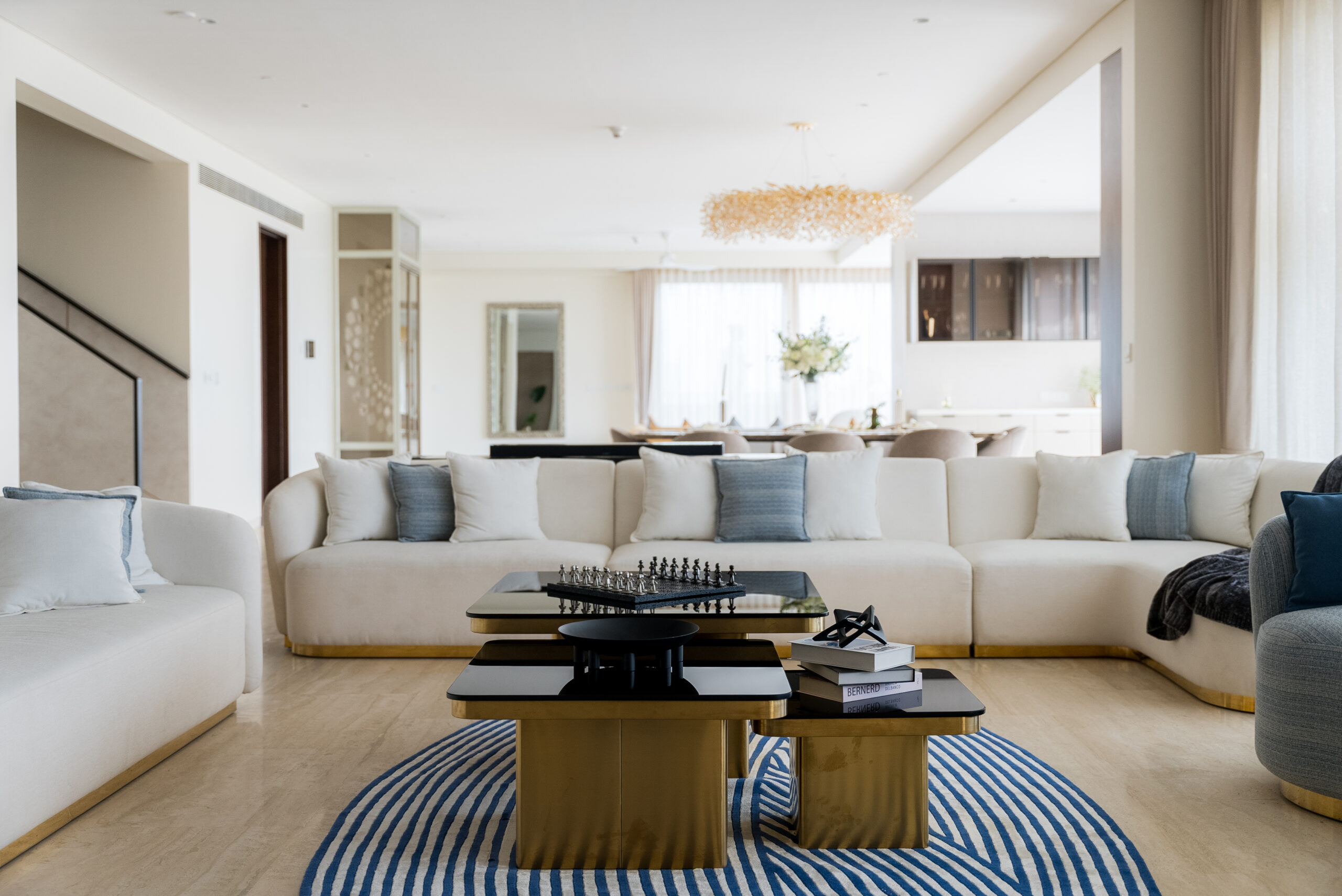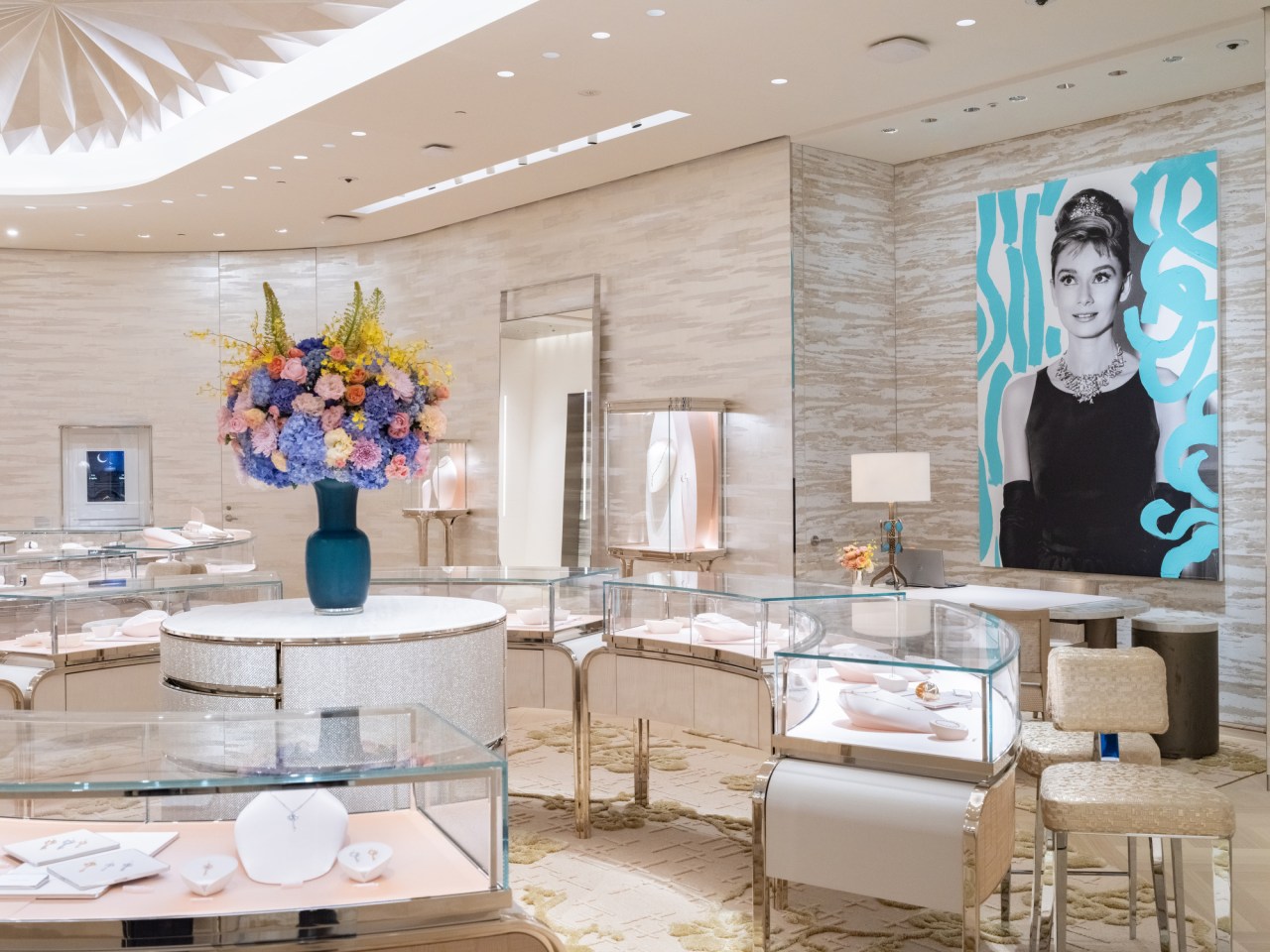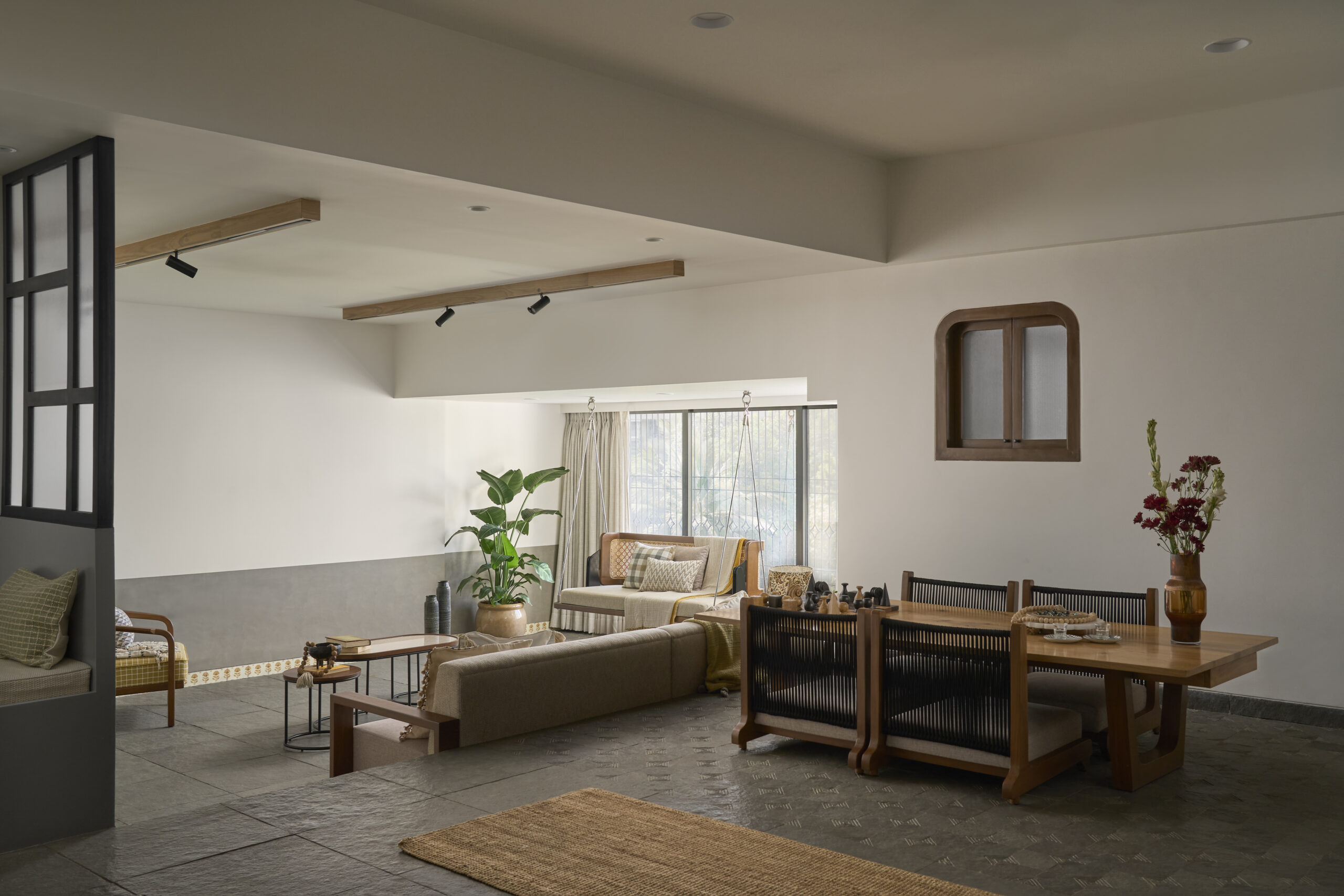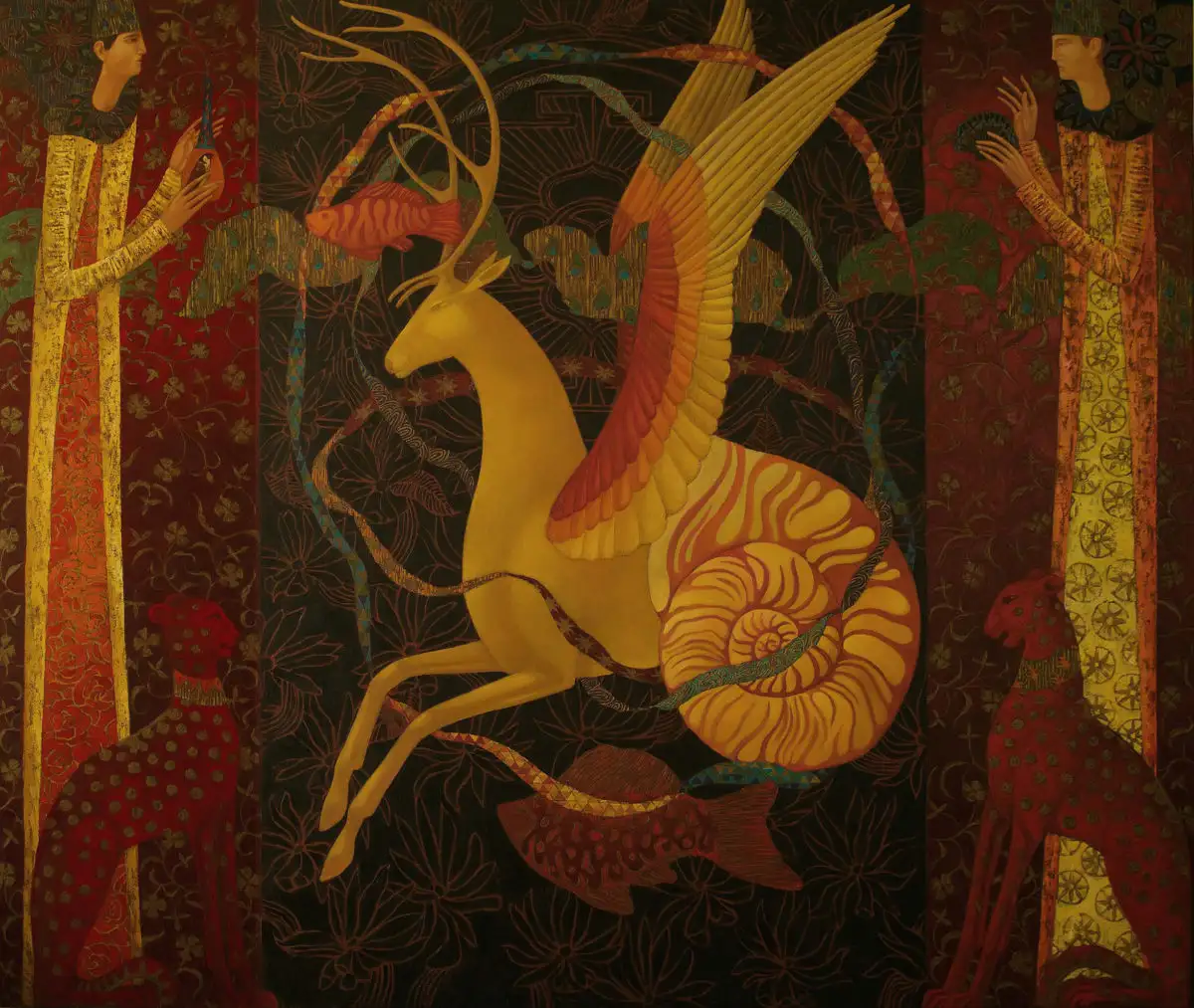As one walks into a film set, a pop-up show, or an experiential retail environment, one is suddenly transported to a different world. These temporary environments, created to capture a transient moment, must instantly engage people, balancing the art of visual storytelling with practical function. In contrast to enduring architecture, their beauty is one of transient greatness, where every design aspect is meticulously crafted to deliver maximum effect before disappearing without a trace. But what lies behind creating such temporary spaces? Four innovative designers- Dhara Jain, Meghna Gandhi, Rupin Suchak, and Mansi Dhruv Mehta, lay bare their thought processes, challenges, and fine balance between creativity and temporariness.




Dhara Jain: Designing Sets That Perform
For production designer Dhara Jain, a set isn’t just a backdrop, it’s a character with a role to play. “A good set must act,” she says. Her process begins with understanding the psychology of the screenplay and shaping physical environments that support emotion, movement, and camera framing, especially for mid-wides and close-ups.
“Production design isn’t about creating pretty or grand interiors,” she notes. “It’s about crafting believable worlds.” From architectural detailing to coordinating costume and lighting, Dhara works closely with directors, cinematographers, and design teams to visually translate the script.
While she values traditional, handcrafted sets, Dhara also embraces evolving tools like CGI and AI, using them when creatively and logistically appropriate. “Old school is still the best school,” she says, but digital environments require just as much thought and labour- hundreds of minds contributing to the illusion. Even with meticulous planning, some of the most magical moments arise from unexpected “happy accidents” — a bird in frame, a perfect rain shower, or a passing cyclist fitting seamlessly into the scene. “Everything is crafted to role-play,” she smiles. In Dhara’s hands, set design becomes an art of illusion- intentional, collaborative, and always cinematic.




Meghna Gandhi: The Pursuit of Sustainable Design Amid Rapid Change
Spatial designer Meghna Gandhi reimagines temporary set design as a canvas for long-term sustainability. Working in Bollywood’s fast-paced production ecosystem, she often contends with tight spaces and tighter timelines. “Most films are shot in studios with limited space, forcing us to be creative yet restrictive,” she explains. When grandeur is required—like multistoried or palatial-looking sets—designs often move outdoors, where “weather and temperature control” become unpredictable hurdles, especially when creating effects like fake snow.
Collaboration is central to her process. Meghna works closely with DOPs, directors, and VFX teams, syncing on everything from colour palettes to lighting to camera movements. “A perfectly suitable location for one department can be a big red flag for another,” she notes, reflecting the delicate negotiation between vision and feasibility.
Today, emerging technologies are rapidly reshaping her toolkit. From physical models to AI-generated assets, the shift to virtual production has brought both freedom and new friction. While AI “saves time and increases efficiency,” it also demands upskilling and careful creative control. Yet amid the tech, her ethos remains grounded: immersive design isn’t just seen— it’s felt. And it’s always built to adapt.




Rupin Suchak: Bollywood’s Maverick of Adaptive Design
Rupin Suchak is redefining the boundaries of production design with his inventive approach to temporary environments. With a background in interior design, Rupin has crafted iconic spaces for Bollywood films like Dear Zindagi, Padman, Ki & Ka, and Go Goa Gone, each offering a distinct mood and visual signature. “As a production designer, the most challenging part of the job is tackling the million and one problems that come with bringing a cinematic vision to life,” he says.
From gritty warehouses transformed into palatial sets to intricately detailed interiors, his work bridges set design with spatial storytelling. Faced with constraints like space, budget, and time, Rupin thrives in turning limitations into immersive design opportunities. Using a fusion of texture, lighting, and visual trickery, he crafts believable worlds that feel alive on camera, often working in tandem with cinematographers and artists to align every detail with the director’s vision.
He sees a shift on the horizon with tools like virtual production and AI entering the industry. But for now, “we are still transitioning within the handcrafted era. Yet to expand into this horizon,” he reflects. Whether through physical builds or digital extensions, Rupin’s sets never just serve the story — they shape it.




Mansi Mehta: The Silent Storyteller
Award-winning art director and set designer Mansi Dhruv Mehta believes a set is more than visual flair—it’s the silent voice of the narrative. “Set design serves as the visual backbone of any film,” she explains. From Piku’s chaotic Delhi home to the haunting realism of Sardar Udham, she crafts deeply immersive environments that speak volumes about the story’s emotional core.
For Sardar Udham, she painstakingly recreated the Jallianwala Bagh massacre using a single sketch and historical references—right down to how blood dries over time. “Every element had to reflect the reality of that tragic day,” she explains. In Piku, Bhaskor’s need to oversee every room shaped the house’s entire layout.
Mansi collaborates closely with cinematographers and costume designers to ensure harmony in palette and light. On the Monica, O My Darling set, unexpected 5-foot grass and torrential rains turned a logistical nightmare into magic. The glamping tent had to be constructed from scratch in just one day, yet it seamlessly blended into the story. “What started as a challenge became an opportunity,” she says, proving that sometimes, nature itself becomes part of the set. While AI and virtual tools help visualize concepts, Mansi insists, “The foundation of design still begins with paper and pencil.” Her work, at its core, is about crafting spaces that feel lived-in, spaces that characters and viewers can truly inhabit.
Designing for the Moment, Creating for the Memory
Whether they are designing intricate film sets, green installations, or interactive environments, these designers demonstrate that temporality does not mean unimportance. What these spaces are important for is that they can provoke an emotional reaction, provide a significant narrative, and create a lasting impression—though their duration is short. As technology, sustainability, and storytelling strategies continue to evolve, one thing is certain: How will innovations in temporary spaces continue to push the boundaries of influence and experience? It is certain—beyond their impermanence, these spaces will continue to redefine the way we engage with our immediate environment.












